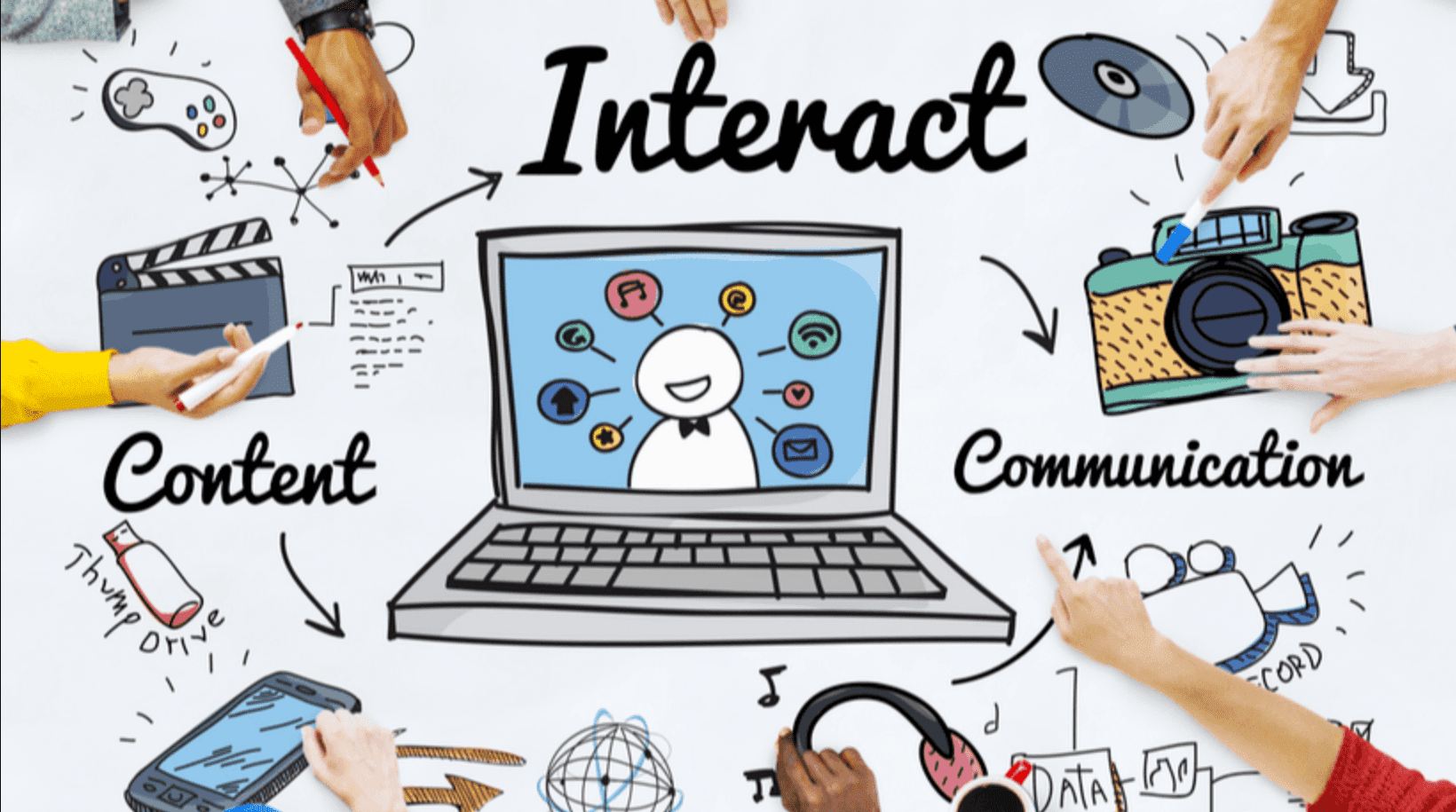eLearning content development using VR & AR. How It Uses Immersive Storytelling Techniques.
Introduction: What is VR Learning Content and How is It Being Used?
keywords: eLearning content, virtual reality, immersive storytelling, learning content
Virtual Reality is changing the way we learn and experience things. When people experience virtual reality, they are not just watching content, but they are living in it. This new technology has introduced an immersive way of learning that has never been seen before, and it is quickly gaining popularity.
How to Create a Compelling VR eLearning Experience for New Users
keywords: virtual reality training, immersive VR content, VR learning experience
VR has been around for a while now, but companies are still trying to figure out how to create compelling VR content. As consumers are getting more and more accustomed to VR, it becomes easier for them to see through cliched stories and unoriginal ideas. Here are some best practices on how you can create an immersive VR training experience for new users.
1) Keep the environment simple. Create a space that is spacious enough that the user can freely move around without bumping into anything or walking into the furniture.
2) Use simple interactions like swiping or clicking rather than gesture-based interactions which may confuse new users.
3) Focus on the experience, not the story or visuals – make sure your project makes sense and is intuitive to navigate through.
The more immersive the experience, the better the learning retention.
The immersive quality of virtual reality can go a long way in helping users retain information. This is because it is much easier for people to recall images and sounds, they have seen and heard.
5 Ways to Make Your Company’s eLearning-based Training More Engaging Through Virtual Reality
keywords: VR training, simulation, experiential, immersive, closer to reality
VR training is a simulation of a situation so that the learner feels as if they are in the environment. This helps them to learn about a situation and develop the skills necessary to deal with it. Virtual reality is a much more immersive experience than traditional video-based training. It brings you closer to reality and this helps you learn faster and retain information longer.
Training is boring, right? But what if you could turn it into a fun-based interactive experience? Virtual Reality (VR) training is becoming more popular in the corporate world. These are 5 ways to make your company’s training more engaging through virtual reality that will help you get ahead of the game.
- Use VR for hands-on learning
- Inexpensive and easy to use
- Offer immersive experiences for leadership development
- Build up emotional intelligence skills through interactive storytelling
- Use virtual reality for practical applications
For example, if your company deals with online customer service, you can prepare employees on how they should behave and respond when answering customers.
What is the Future of VR as a Tool in learning?
keywords: immersive learning, interactive learning technology, real-time experience
VR is one of the solutions to reach people who are not exposed to certain ideas or realities. VR can bring about empathy and understanding towards other cultures, ethnicities, religions, etc. VR has endless potential for creative expression because it brings about three-dimensional representations of human life that are otherwise inaccessible to us.
As VR technology emerges and becomes affordable, its use in education will grow globally. A recent study by Pearson revealed that 40% of teachers are interested in using VR for classroom learning purposes.
Conclusion: The Future of VR as a Tool in Learning is Bright with Innovative Ways of Storytelling
Virtual Reality has finally come of age in recent years. After being confined to the realms of science fiction, it is now a technology that is available for everyone to enjoy.
VR offers the ability to experience new worlds, see things from other perspectives and learn about different cultures. As more people experience this immersive technology, it will have a significant impact on how stories are told in the future.
VR creates an environment where learners are at the centre of their learning process. The idea that you are feeling what you are seeing can have an impact on how people perceive their surroundings. This could have implications for the future of storytelling in classrooms and companies by focusing learners’ attention on their surroundings instead of just their screens or books as they learn



